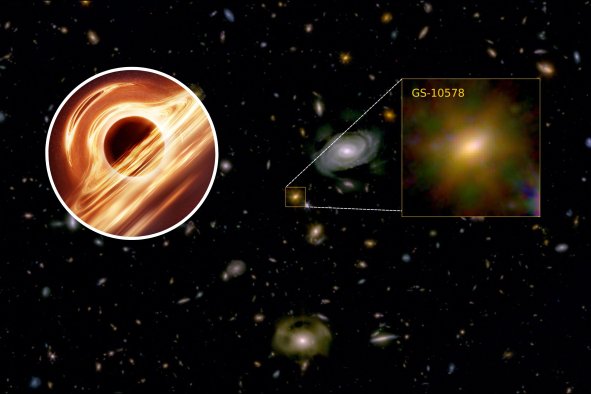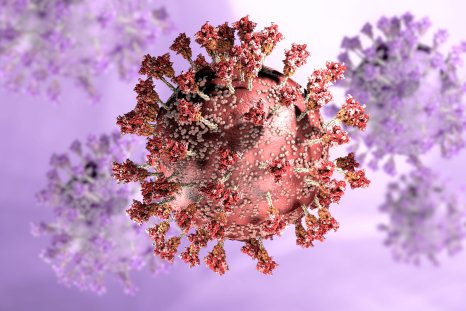While studying fossils of an ancient panda relative at the Hammerschmiede site in Allgäu, Germany, researchers discovered that these early bears had a much more diverse diet than their bamboo-loving descendants.
The species, Kretzoiarctos beatrix, is considered the oldest known ancestor of the modern giant panda. Around 11.5 million years ago, this bear roamed widely across Europe and parts of Eurasia, far from the bamboo forests of present-day China, where pandas now live.
"The adaptation of pandas to a bamboo diet and other plants is a relatively young phenomenon," the study's co-author, Madelaine Böhme of the University of Tübingen, Germany, told Newsweek. "When we think of pandas as eating bamboo, it's kind of misleading because for 10 million years they didn't eat bamboo, and not many plants."
The findings, published in the journal Papers in Paleontology, reveal that Kretzoiarctos beatrix was smaller than modern brown bears, yet still weighed over 100 kilograms (220 pounds). Though its teeth bore some similarities to its bamboo-eating descendants, a detailed analysis of both macro and micro features of the teeth revealed a much broader diet.
The research team compared Kretzoiarctos' teeth with those of various bear species, including brown bears, polar bears, and both extinct and living giant pandas.
Their conclusion? The ancient panda was neither a hard plant specialist nor a pure carnivore.
At the macro level, the shape of its teeth—designed for processing a wide variety of food types—provided clues to its general diet. At the micro level, the presence of scratches and pits on the tooth surfaces, caused by contact with food particles like bones, painted a picture of an omnivorous lifestyle.
"These results are important for our understanding of the evolution of bears and the development of veganism in giant pandas," Böhme said in a statement. "Kretzoiarctos Beatrix, the oldest giant pandas, were therefore generalists. Specialization in the diet of the pandas only occurred late in their evolution."
The discovery was made at the Hammerschmiede site, which gained fame in 2019 for yielding fossils of Danuvius guggenmosi, an early upright-walking ape. The site has since revealed an extraordinary diversity of 166 fossil animal species, painting a picture of a thriving ecosystem 11.5 million years ago.
"We've found an incredible diversity of 28 carnivores at the site; you hardly find this much diversity in any tropical ecosystem in the world," Böhme said.
Determining the exact components of the ancient panda's diet is more challenging than identifying whether it consumed meat. "What the animal may have eaten is really speculative; we can see the diet includes meat and bones, but we can't identify certain species."
Likely menu items for an ancient panda could have included small mammals like mice, fish and possibly turtles, according to the researchers.
However, no skeletal remains of these pandas have been discovered at Hammerschmiede, leaving much about their appearance a mystery. What is clear is that climate change eventually forced these early pandas to migrate eastward, where they evolved into the iconic, bamboo-eating bears we know today.
Do you have a tip on a science story that Newsweek should be covering? Do you have a question about pandas? Let us know via science@newsweek.com.
References
Kargopoulos, N., Abella, J., Daasch, A., Kaiser, T., Kampouridis, P., Lechner, T., & Böhme, M. (2024). The primitive giant panda Kretzoiarctos beatrix (Carnivora, Ursidae) from the hominid locality of Hammerschmiede: Dietary implications. Papers in Paleontology, 10(5). https://doi.org/10.1002/spp2.1588
Kargopoulos, N., Valenciano, A., Abella, J., Morlo, M., Konidaris, G. E., Kampouridis, P., Lechner, T., & Böhme, M. (2024). The carnivoran guilds from the Late Miocene hominid locality of Hammerschmiede (Bavaria, Germany). Geobios. https://doi.org/10.1016/j.geobios.2024.02.003
Disclaimer: The copyright of this article belongs to the original author. Reposting this article is solely for the purpose of information dissemination and does not constitute any investment advice. If there is any infringement, please contact us immediately. We will make corrections or deletions as necessary. Thank you.



